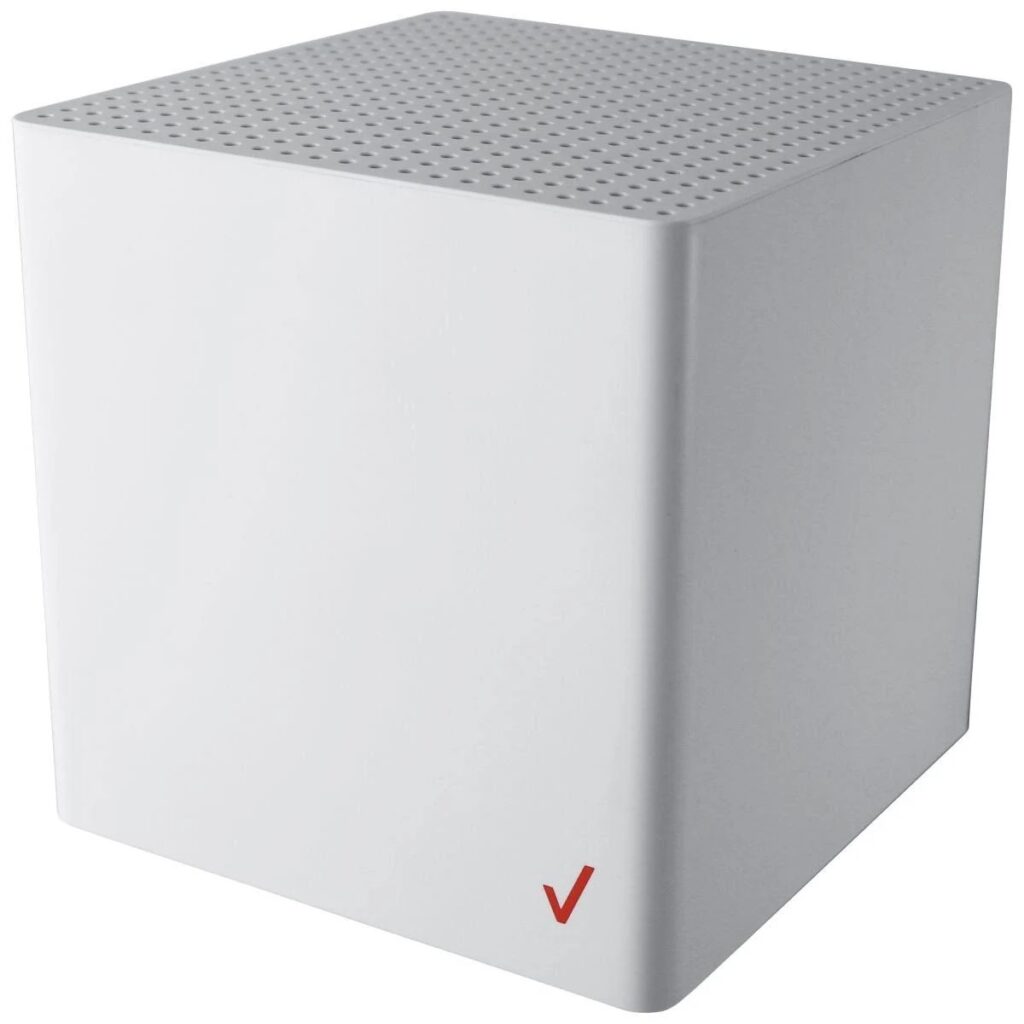Starlink and Verizon are the most prominent players in the rural home internet market. They aim to fulfill similar needs by providing fast and reliable wireless internet to homes with few broadband options. Both providers offer many of the same advantages:
- No need for a wired connection like cable or fiber.
- Minimal equipment and easy setup.
- Little to no risk, with no contracts or cancellation fees.
However, they have several stark differences in cost, availability, and utility. Starlink satellite internet is by far the more expensive option, but it makes up for this with its capability to be used anywhere, whereas Verizon has limits. Suppose you live in an area where Verizon Home Internet is available. In that case, you’ll save money through its free equipment rental and much more affordable monthly price, even cheaper if you’re a Verizon mobile customer. I recommend Verizon over Starlink, but only in certain circumstances.
Starlink is the surefire way of getting online if you’re far from populated areas. Starlink also isn’t tied to a fixed location, unlike Verizon. Starlink can get you online anywhere if you’re a frequent traveler or live a nomad lifestyle. It’s also proven reliable, having a history of few outages. As with other giant 5G providers, Verizon suffers outages much more frequently.
Let’s break down the key differences between Starlink and Verizon so you can make the best choice for home internet.

